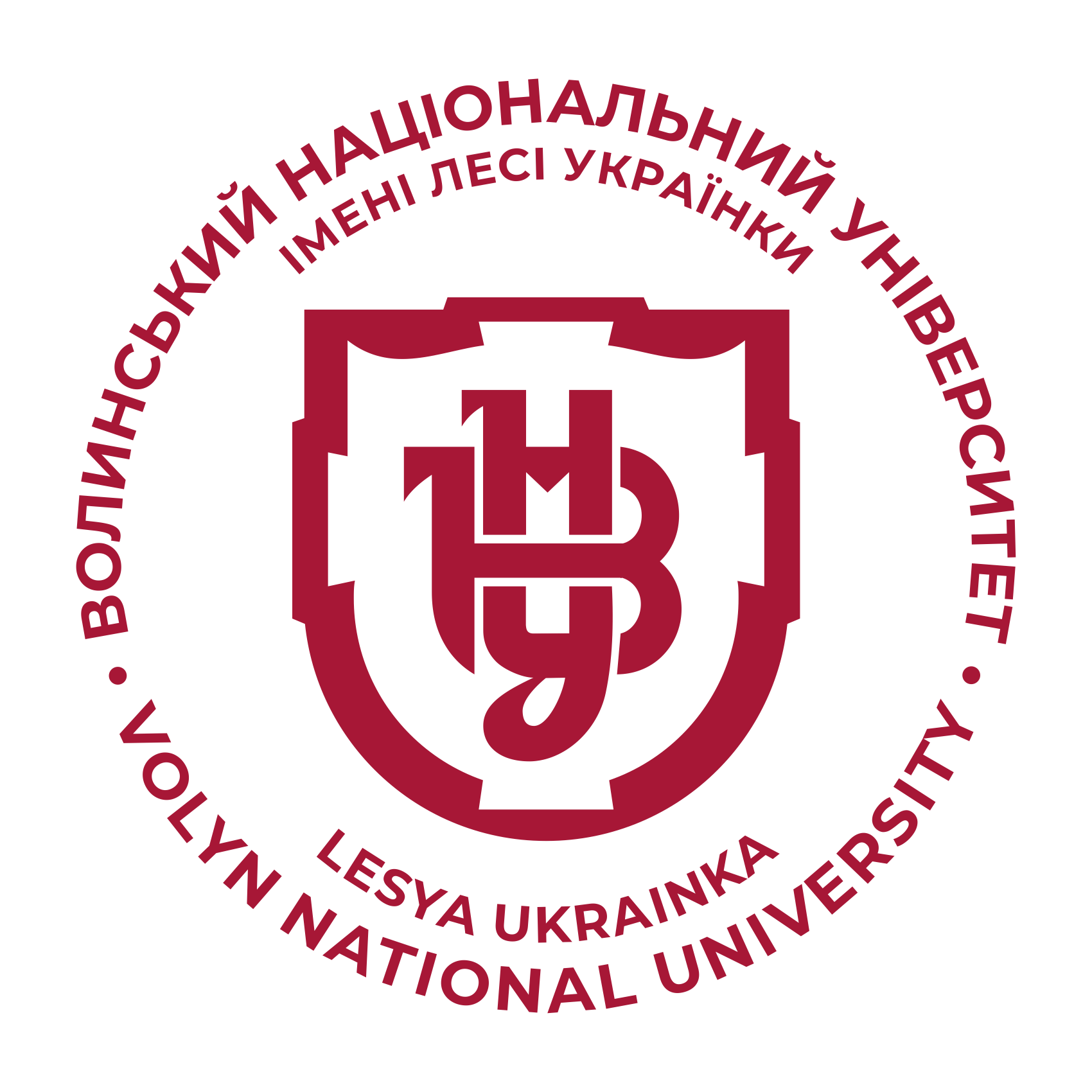CIRCULAR ECONOMY MODELS IN THE CONTEXT OF SUSTAINABLE DEVELOPMENT
DOI:
https://doi.org/10.29038/2786-4618-2024-03-14-21Keywords:
economic system, circular economy, linear model of economic growth, Sustainable Development Goals, financing of circular business projects, circular economy strategy of Ukraine.Abstract
The aim of the article is to identify the essence of the circular economy (CE) and to develop business models for its use to reduce environmental impact. It is established that the essence of the economic system lies in the self-accumulation of capital by increasing the mass of recycled resources and the speed of their circulation in the production process. To ensure its functioning, such a system absorbs new territories, sources of raw materials, energy, and human resources. The linear model of economic growth can no longer meet the needs of modern society. It has been proven that in a circular economy, the value of products and materials is preserved much longer, resource use efficiency is increased, and waste is minimized. When a product reaches the end of its life cycle, resources remain in the economy for the creation of additional value. These models not only create safe jobs but also introduce innovations that provide a competitive advantage and a high level of protection for the population and the environment. Additionally, the CE model provides consumers with more durable and innovative products that help save money and improve quality of life. Based on the principles in the waste management hierarchy from 4R (reduce, reuse, recycle, repurpose) through 5Rs (refuse, reduce, reuse, repurpose, recycle) to 9Rs and 12Rs of zero waste, business models have been identified that implement the ideas of the circular economy at the micro (products, enterprises, consumers), meso (eco-industrial parks), and macro levels (city, region, nation). It has been substantiated that in a circular economy, the value of products and materials is preserved much longer, resource use efficiency is increased, and waste is minimized. When a product reaches the end of its life cycle, resources remain in the economy for the creation of additional value. These models not only create safe jobs but also introduce innovations that provide a competitive advantage and a high level of protection for the population and the environment. The CE model provides consumers with more durable and innovative products that help save money and improve quality of life.
References
1.EMF (2015). Growth Within a Circular Economy Vision for a Competitive Europe. Ellen MacArthur Foundation and the McKinsey Center for Business and Environment. 1-22.
2.Tseng M. L., Ha H. M., Wu K. J., Iranmanesh M., Lim M. (2021). Sustainable Supply Chain Management in Stakeholders: Supporting from Sustainable Supply and Process Management in Healthcare Industry in Vietnam. International Journal of Logistic Research and Application. DOI: 10.1080/13675567.2020.1749577.
3.Lipych L.H., Khilukha O.A., Kushnir M.A. Eko-innovatsii v konteksti ekonomiky zamknutoho tsyklu.[ Eco-innovations in the context of a closed cycle economy. ]. Naukovi zapysky Lvivskoho universytetu biznesu ta prava. Seriia ekonomichna. Seriia yurydychna. Vypusk 32/2022. S.16-23. DOI: http://dx.doi.org/10.5281/zenodo.6094672. [in Ukrainian].
4. Chen Demin (2004). Core of recycling economy is to use resources circularly. China Population, Resources and Environment. No. 14 (2) Р. 12-15.
5.Rassadnykova S. I. Ekolohiia promyslova. Entsyklopediia Suchasnoi Ukrainy: elektronna versiia [Ecology is industrial. Encyclopedia of Modern Ukraine: electronic version]. Hol. redkol.: I. M. Dziuba, A. I. Zhukovskyi, M. H. Zhelezniak ta in.; NAN Ukrainy, NTSh. Kyiv: Instytut entsyklopedychnykh doslidzhen NAN Ukrainy. 2009. URL: https://esu.com.ua/search_articles.php?id=18713 (Accessed 12.02.2024). [in Ukrainian].
6.Kim W. C., Mauborgne R. Blue Ocean Strategy: How to Create Uncontested Market Space and Make the Competition Irrelevant. Boston: Harvard Business School Press, 2005. 256 p. DOI: http://dx.doi.org/10.1108/02756660510608521.
7.What Is Biomimicry And How Does It Relate To A Circular Economy? URL:https://www.eclaira.org/articles/h/insights-biomimicry-and-circular economy.html (Accessed 11.02.2024).
8.McDonough W., Braungart M. Cradle to Cradle: Remaking the Way We Make Things. North Point Press. 2002.
9.Stahel W.R. The Performance Economy. London. Palgrave. 2006.
10. Kirchherr J., Reike D., Hekkert M. (2017). Conceptualizing the circular economy: An analysis of 114 definitions, Resources, Conservation and Recycling 2017. Р. 221-232.
11. Nechytailo D.O.(2020). Z chystoho arkusha: yak pratsiuie i chym vyhidna tsyrkuliarna ekonomika [From a blank slate: how to work and how profitable circular economy]. Ekonomichna pravda, 02.09.2020. Available at: https://www.epravda. com.ua/columns/2020/09/2/664626 (Accessed 03.05. 2024). [in Ukrainian].
12. 12.Lipych L.H., Khilukha O.A., Kushnir M.A. (2022).Ekonomika zamknutoho typu yak peredumova paradyhmy staloho ekonomichnoho rozvytku. [Closed-type economy as a prerequisite for the paradigm of sustainable economic development].Naukovyi pohliad: ekonomika ta upravlinnia. Vydavnychyi dim «Helvetyka» №1 (77). P.36-44. DOI : https://doi.org/10.32836/2521-666X/2022-77-5. [in Ukrainian].
13. Rutkowska М., Popławski Ł.(2017). Model zrównoważonej gospodarki o obiegu zamkniętym. Studia i prace. No 47/2/ DOI:10.18276/sip.2017.47/2-11. URL: 11_rutkowska.m-poplawski.l.pdf.
14.Nova polityka YeS z “tsyrkuliarnoi” ekonomiky: mozhlyvosti dlia Ukrainy [New EU policy on the “circular” economy: opportunities for Ukraine] (2020). URL: https://dixigroup.org/wp-content/uploads/2020/09/dixi_pb_circulareconomy_ukr_full_3.pdf.
15. Dzherelo: pres-sluzhba Ecobusiness Group. URL: https://ecolog-ua.com/news/dosvid-krayin-yevropy-v-perehodi-do-cyrkulyarnoyi-ekonomiky.
16. Pro vprovadzhennia pryntsypiv tsyrkuliarnoi ekonomiky v Ukraini.[ On the introduction of circular economy principles in Ukraine].URL: https://livingplanet.org.ua/novuny/pro-vprovadzhennya-printsipiv-tsirkulyarnoji-ekonomiki-v-ukrajini.







